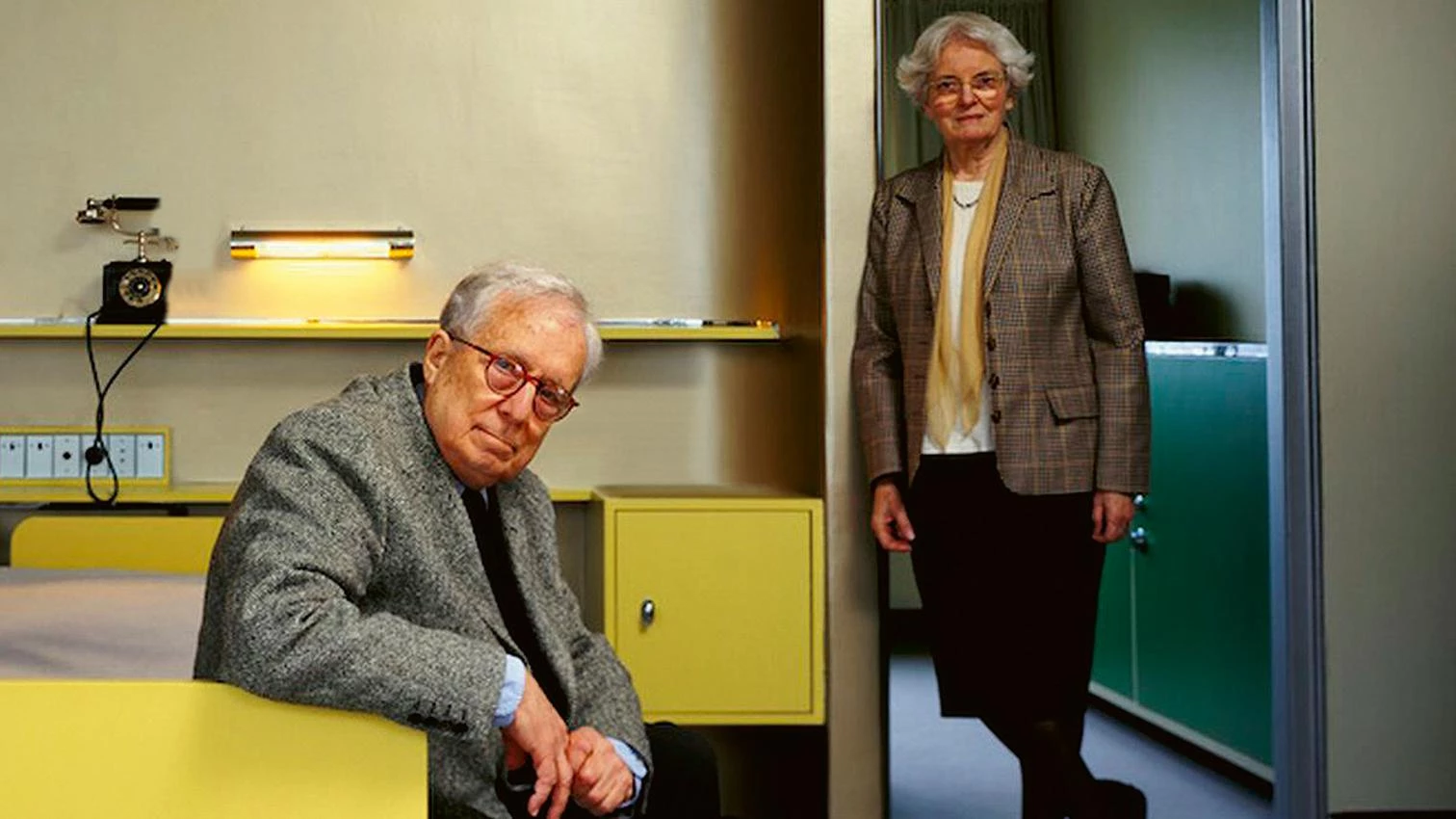
Mid-1960s. The modern ‘masters’ were living their final days of glory. A young Philadelphian was writing his reflections after two years spent at the American Academy in Rome; his name was Robert Venturi and he had studied at Princeton, a school not as ‘modern’ as Harvard, then under Walter Gropius’s influence.
The Books
In 1962, his reflections became a book: Complexity and Contradiction in Architecture, published by MoMA in New York with an introduction by Vincent Scully, renowned historian and professor at Yale, another school where history continued to carry much weight. The support of MoMA and Scully ensured that the text caused raves from the start. Scully himself praised him in no uncertain terms: “it is probably the most important writing on the making of architecture since Le Corbusier’s Vers une architecture, of 1923.”...[+]





